Review of the Laser-Type Mobile Speed Camera Detector ‘GR-99L’: Purchase, Installation, and Usage
公開日:
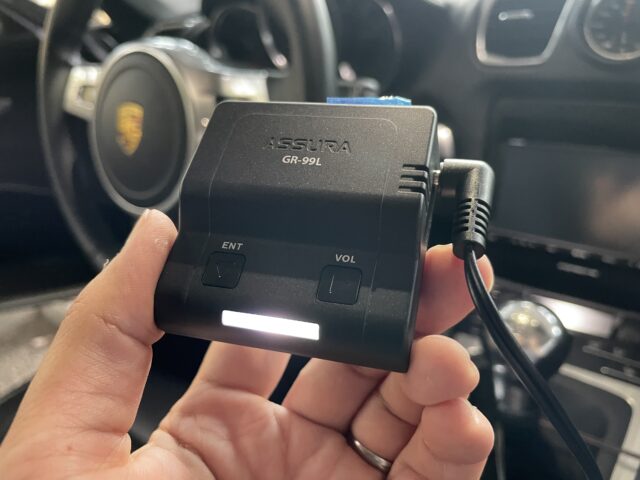
Previously, I wrote review articles on the ‘GR-91’ and ‘GR-81’, and now that I have purchased the new model ‘GR-99L’, I’d like to share my review.
コンテンツ
Laser-Type Mobile Speed Cameras
Recently, many speed traps have shifted to the latest mobile speed camera types, and laser-based speed measurement is becoming more common.
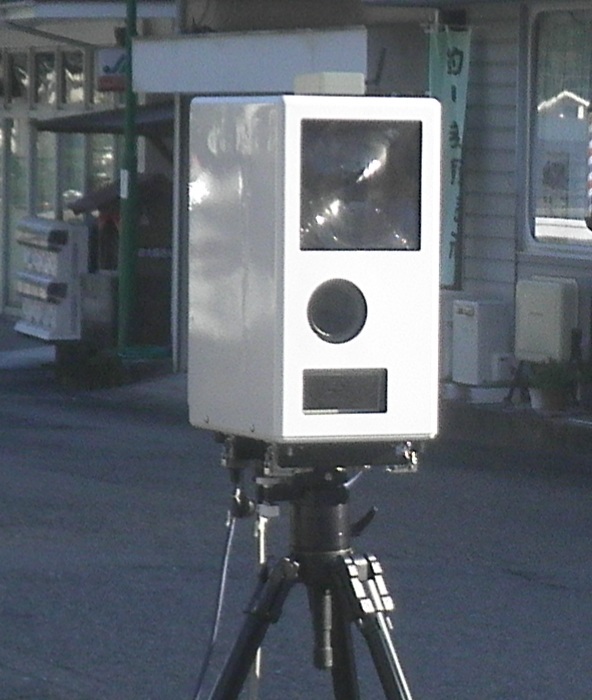
Source: Miyazaki Prefectural Police Traffic Department Twitter
Older radar-based speed traps were typically set up on straight sections of road with moderate traffic, where there was space to place the speed measuring device and a so-called “signing area” ahead to pull over and issue tickets to violators. Because these conditions were specific, the enforcement points were naturally limited.
Therefore, radar detectors relying solely on GPS data were sufficient in the past. However, with the recent elusive mobile speed cameras, which can be placed in almost any small space, enforcement zones now include places like tunnel emergency bays and wider sidewalks, making detection more challenging.
Cellstar GR-99L
Given this, it was clear that GPS data alone wouldn’t keep up, and I wanted a device like the GR-91 that could detect laser signals. Just then, Cellstar released a new model, the ‘GR-99L’, which supports laser detection.
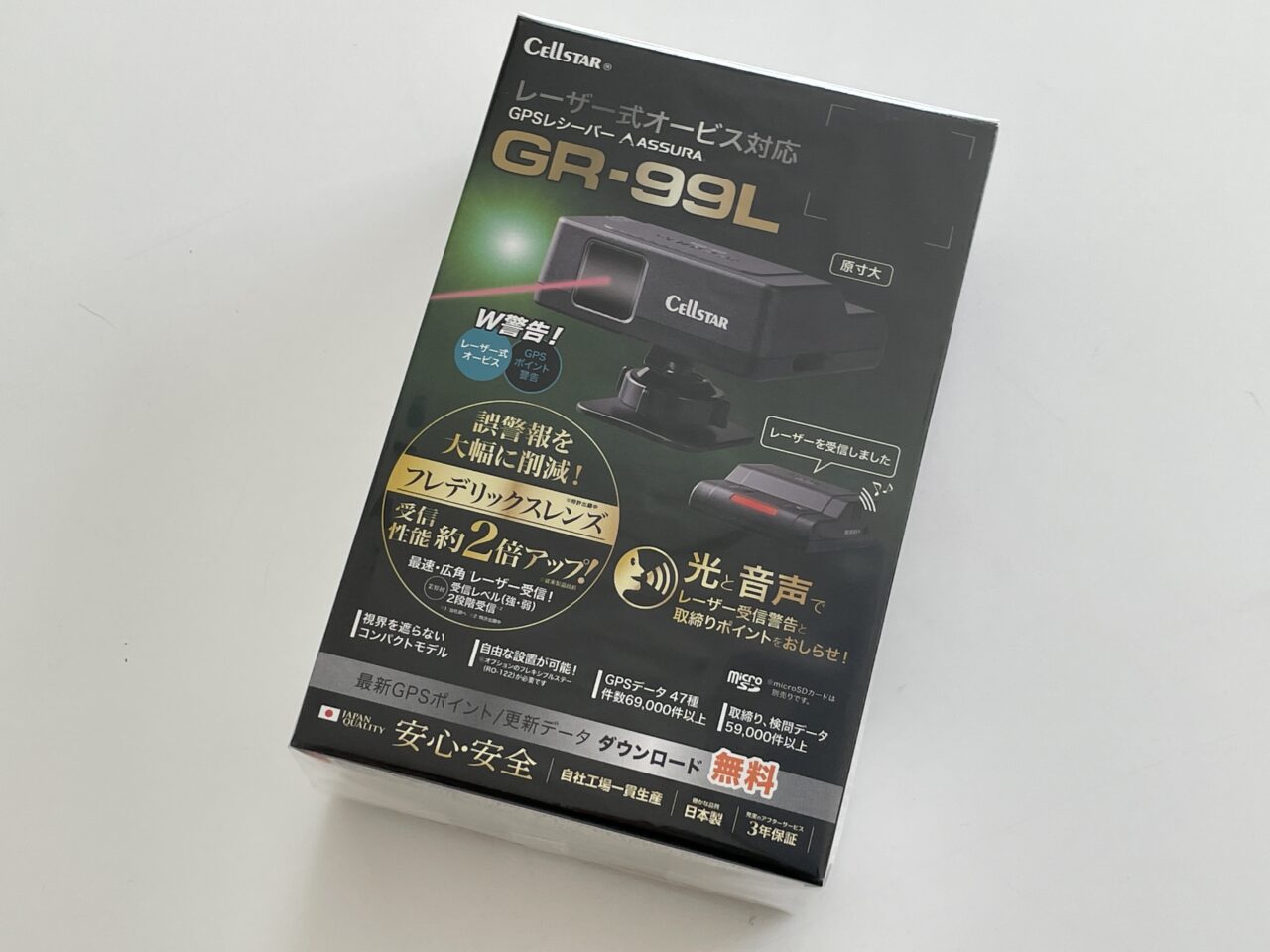
This model also has no LCD screen, which increases placement flexibility and, best of all, doesn’t disrupt the interior design of the car.
This time, I installed it in a 981 Boxster GTS and a 991 Carrera 4 GTS.
Installing the GR-99L
I wanted to avoid placing anything on the dashboard, so I decided to install it behind the rearview mirror, just like the dashcam. This way, it doesn’t obstruct the driver’s view at all and keeps the interior’s aesthetic intact.
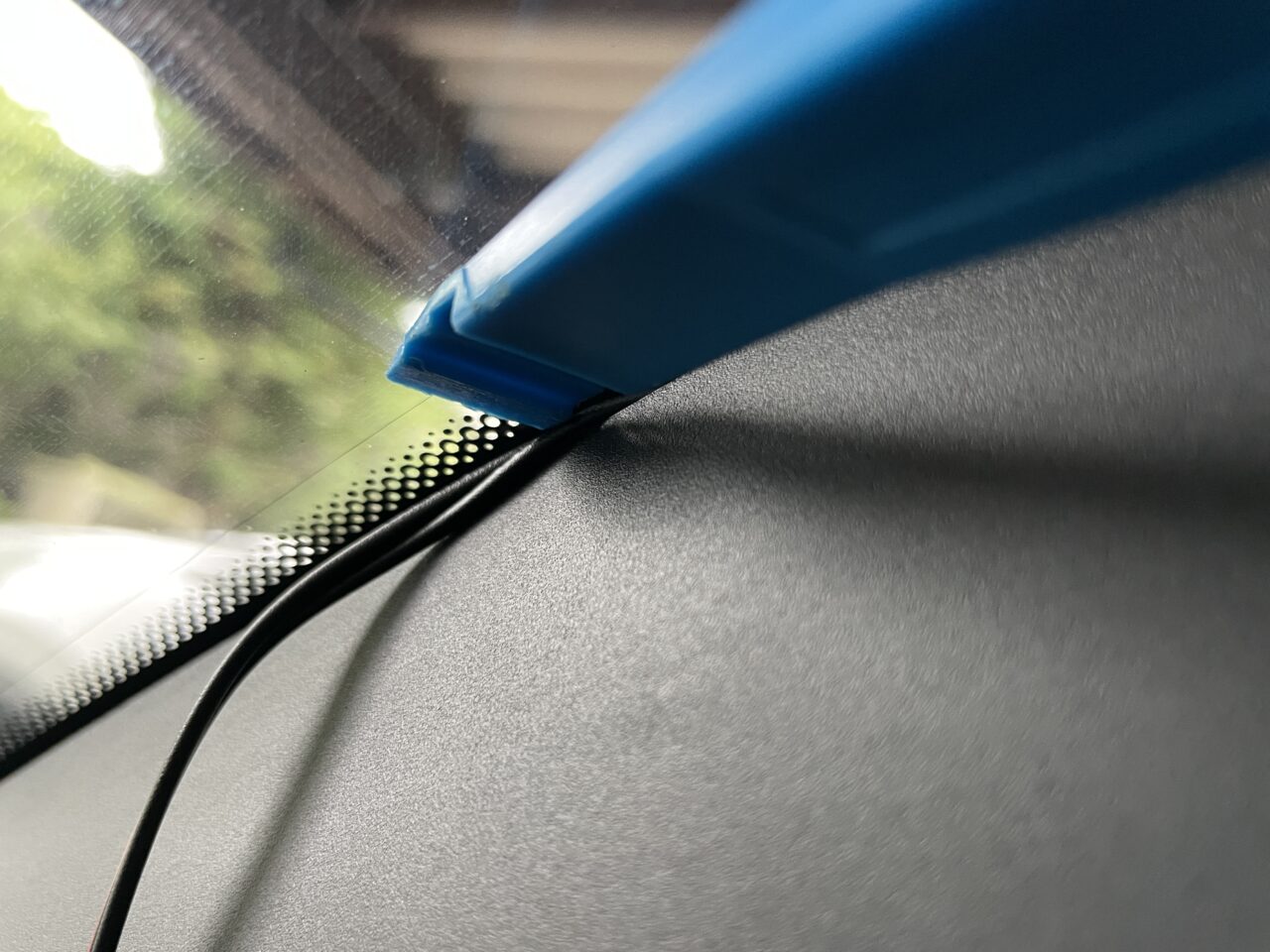
Simply tuck the wiring into gaps using an interior trim tool
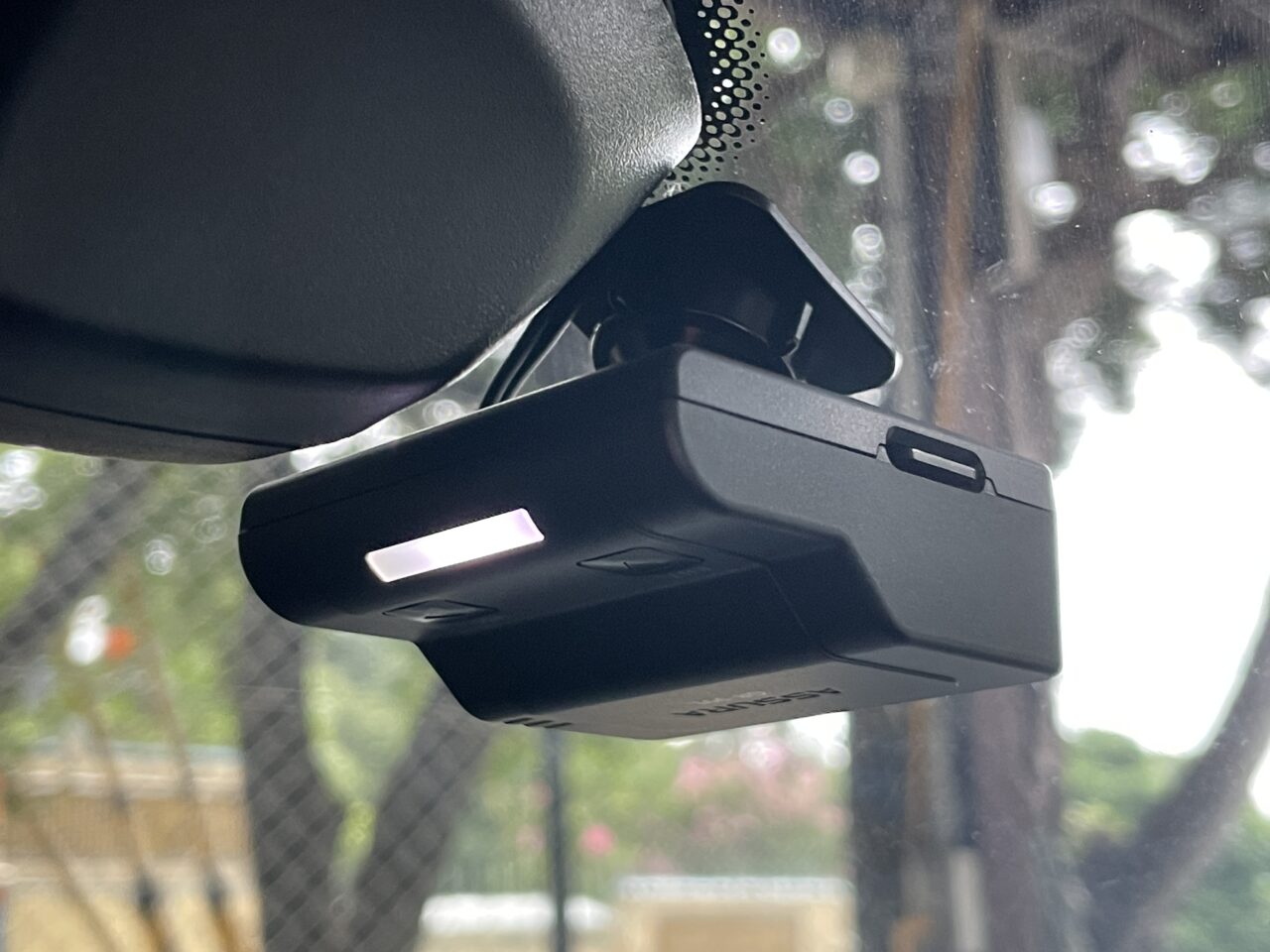
Behind the rearview mirror—completely out of the driver’s line of sight
I considered tapping power directly from the fuse box, but since I’m someone who prefers to turn off the detector on familiar roads, I chose to draw power from the 12V socket next to the glovebox.
The included 12V socket has an on/off switch, making it easy to access in this location.
I routed the wiring from the glovebox, through the A-pillar, then along the top of the windshield to the rearview mirror, and installed the device.
How Does the GR-99L Perform?
Its basic functions are almost identical to the GR-91, and GPS enforcement data can be updated monthly for free via a microSD card.
Of course, it provides voice alerts for regular enforcement zones, just like the GR-91. By the way, the voice quality remains less than ideal—not hard to understand, but somewhat like a walkie-talkie. Improving the speaker quality could make the alerts clearer and more refined.
As for the crucial laser reception performance, after using it for several months and detecting various locations, I can say it’s excellent.
For example, a semi-fixed laser speed camera has been installed near the 4.6 km post on the Kobe-bound side of the Hanshin Expressway Route 3 in Osaka. Even in the most disadvantageous position—the first lane (far left)—it reacts about 50 meters ahead.
In the second and third lanes, it detects the laser from 100 to 150 meters away. The alarm sound is noticeable and easy to recognize as a warning.

Of course, it’s possible that the speed measurement has already started by the time the laser is detected, but since the GPS data also alerts you that you’re approaching an enforcement zone, you can consciously slow down in advance, reducing the chance of speeding violations.
Advantages of a Screenless GPS Detector
So far, I’ve used the screenless GPS radar detectors GR-81, GR-91, and GR-99L, and have never been caught for speeding.
You might worry about the lack of an LCD screen or radio reception, but relying solely on voice alerts actually helps maintain a good level of focus. Plus, it warns you whether or not radar or laser signals are present, encouraging safer driving.
Also, after hearing these enforcement warnings in various locations, you gradually learn where enforcement points tend to be. This helps you anticipate “this area might be risky” even without GPS data, which is another benefit.
That said, the best approach is to drive safely and not rely on such devices. However, in reality, roads in Japan where everyone strictly obeys speed limits are almost nonexistent. In this honest yet complex traffic environment, I hope you’ll make effective use of radar detectors to protect yourself and enjoy a comfortable driving experience.
このブログが気に入ったらフォローしてね!



Comment ( 0 )
Trackbacks are closed.
No comments yet.